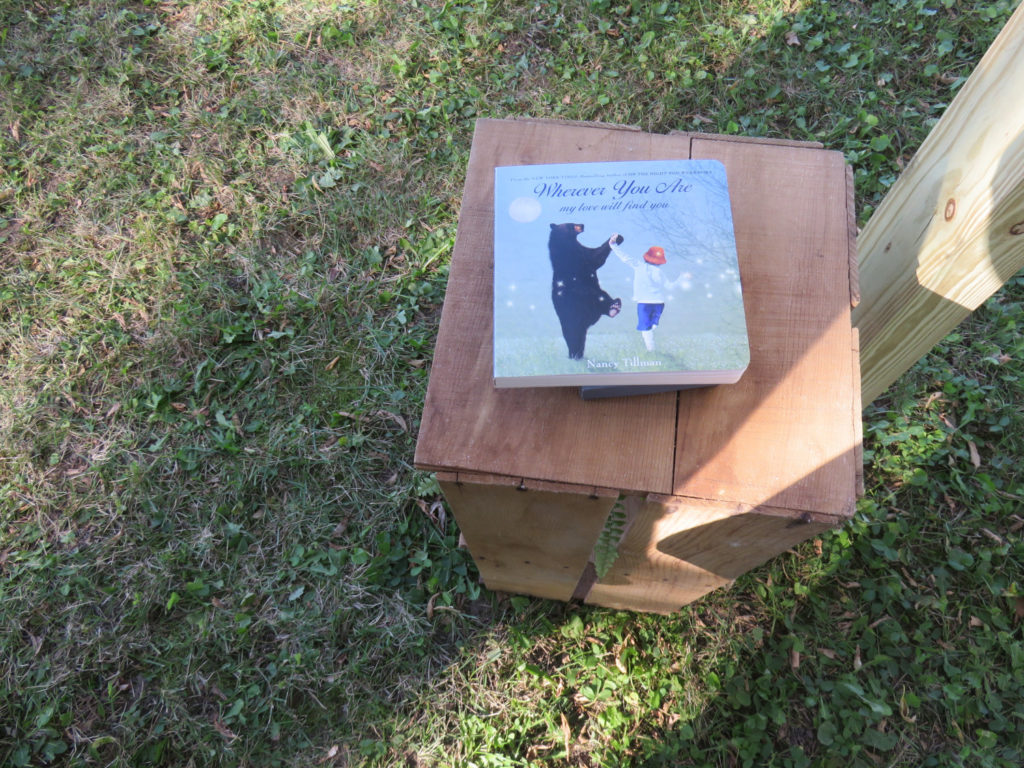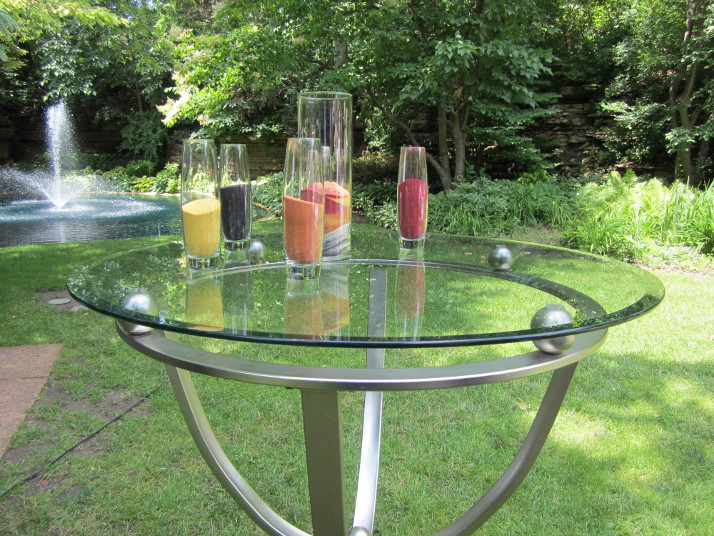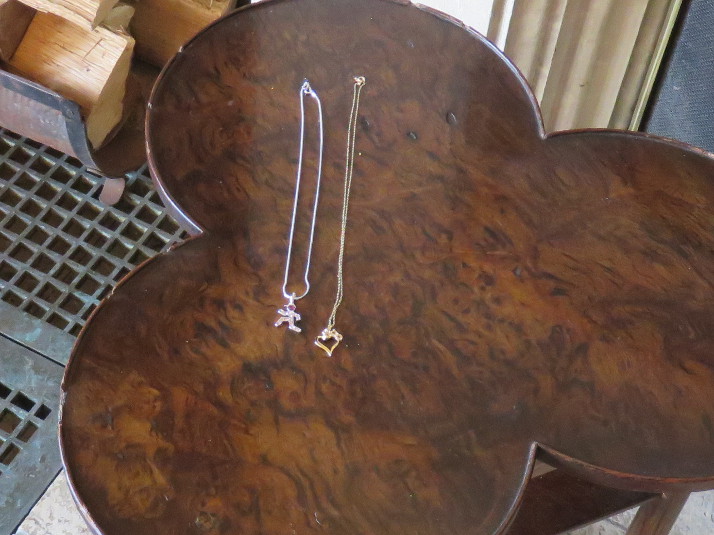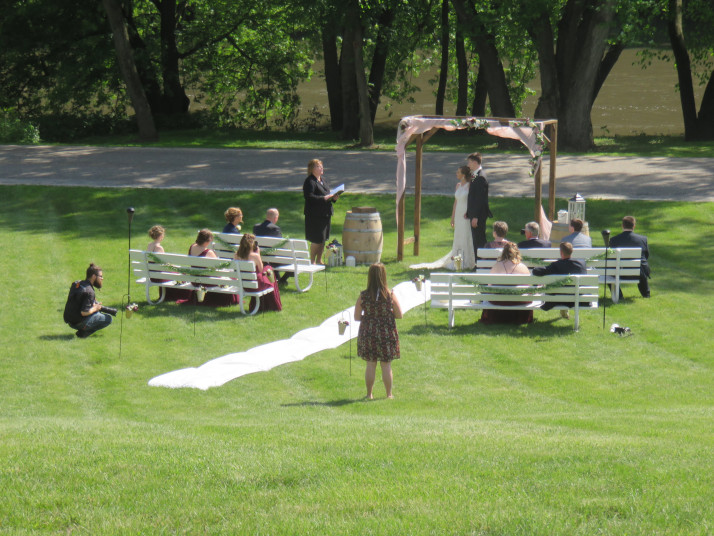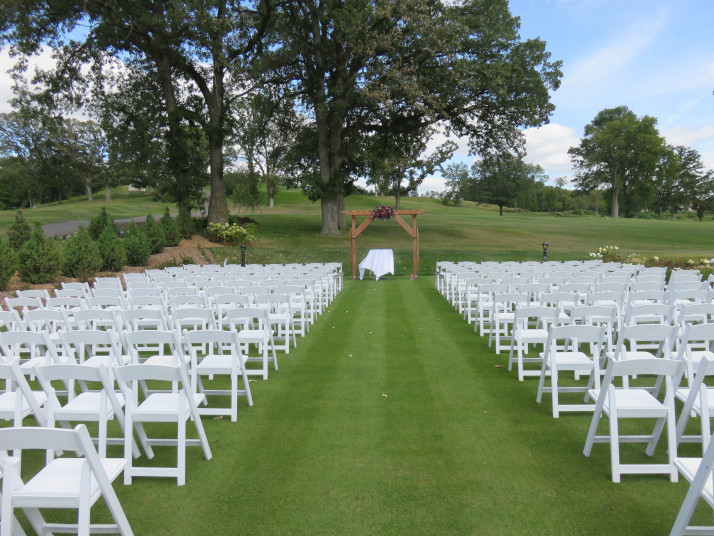Loving on Marriage Equality
Loving on marriage equality means welcoming and supporting couples of all genders and sexual orientations. It means working with them to help create a wedding ceremony that honors their love, and their commitment to each other. Now forces at work in our country are making noise about wanting to remove this right from some couples. So it means standing up and saying loudly that I support all couples.
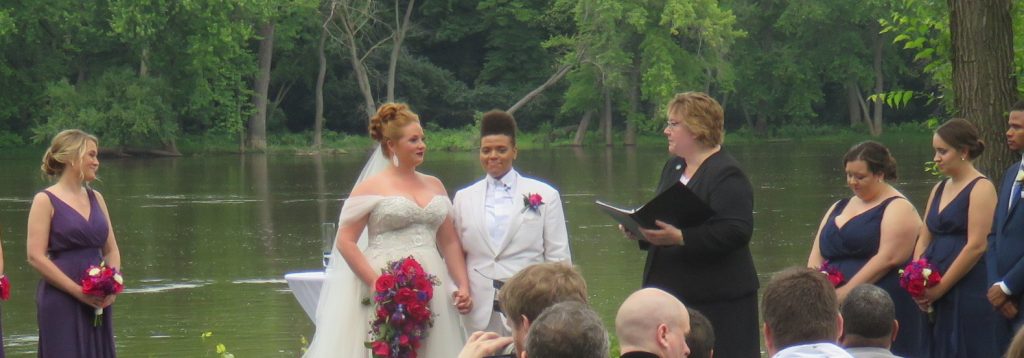
I have proudly supported loving couples through the years. First with commitment ceremonies before marriage equality passed. Then by offering legal wedding ceremonies to couples of all genders and sexual orientations as soon as that became possible in Minnesota. I cheered when marriage equality was extended to everyone with the Obergefell v. Hodges decision in 2015. It has been a privilege and pleasure to work with same sex couples to craft inclusive, personal ceremonies.
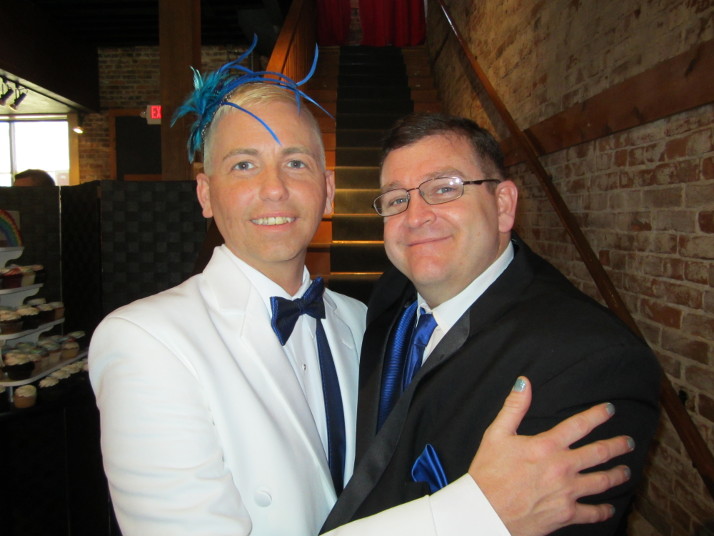
Now, however, there are concerns that marriage equality rights could be at risk as this news article demonstrates. Bills have been introduced in the US House to secure marriage equality rights. But it is not clear if they will succeed in the US Senate.
While the bills are considered, some couples are seeking the protections of legal marriage now. Loving on marriage equality continues to be a cornerstone of my business, and I will continue to serve all couples without discrimination. Minnesota Life Celebrations is a safe space to design your ideal secular ceremony, whatever that looks like.
I invite all couples considering marriage to join me in loving on marriage equality where love wins for everyone.

